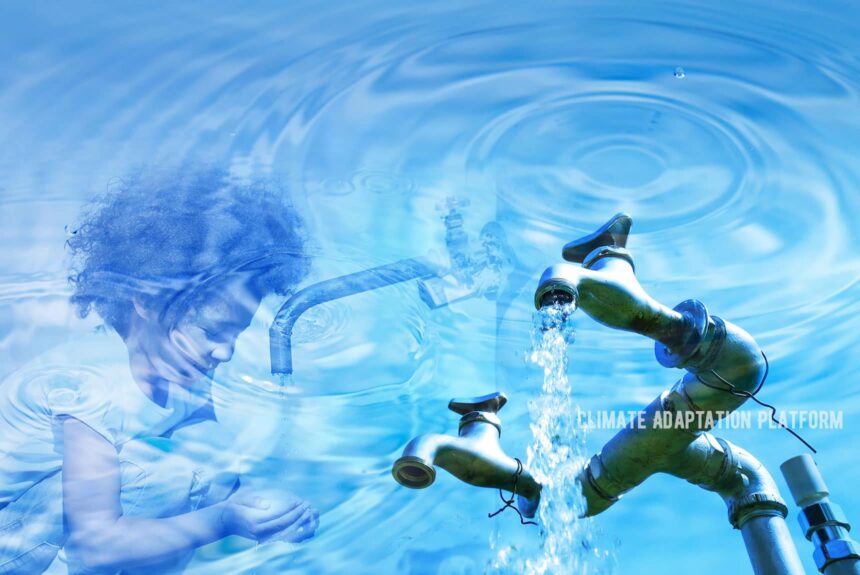The article in Development Asia, “How Well We Manage Water Will Determine How Climate Resilient We Are“, discusses the water challenges in the Asia Pacific and how the region lacks adequate access to clean water due to poor sanitation.
According to the article, water is fundamental to all aspects of life, our economy and ecosystems. In Asia, 2 billion people, representing about 50% of its population, remain water “insecure”, about 500 million people do not have adequate water supply, and 1.14 billion people lack access to improved sanitation.
The region is also the most disaster-prone in the world, and with climate change bringing in more frequent floods, heavy rainfall, and extreme events, it could put more pressure on their water supplies.
The threat of climate change combined with the population increase in the region highlights its need to improve water security and build resilience against climate change impacts.
The article features “five components from the Asian Development Bank’s forthcoming Water Sector Directional Guide show how improved water management can create opportunities for climate adaptation and mitigation”:
- Promote inclusiveness and gender equality. Recognising the role of women in promoting health and sanitation, In Viet Nam’s Mekong Delta, an ADB project positioned women as advocates to promote the use of more hygienic toilets. The project highlights how sanitation can benefit women and their essential role as agents of change, leaders and advocates in promoting sanitation for their own families and communities.
- Build resilience and adaptive capacity. Farmers in Asia and the Pacific are affected by dwindling water supplies from surface water sources and groundwater. Saltwater intrusion is also a constant threat as the sea level rises. Solutions to help them include using resilient crop variety, innovative greenhouse, groundwater use monitoring, and climate-proofing water infrastructures to protect drinking water systems.
- Foster innovation and technological advancement. To improve management and provision of clean water. The article mentions using inexpensive sensors to monitor the level of inundation and the quality and quantity of water at treatment plants. In Kolkata, India, they use cheap sensors to monitor water level inundation and the quality and quantity of water at treatment plants linked to the water operator’s phone.
In Tanna, Vanuatu, a solar-powered drinking water technology converts sunshine, air, and rain into safe drinking water, providing water to 30% of the island’s residents. - Embrace environmental sustainability and a circular economy. As water scarcity increases, there is a need to reuse treated wastewater on a grander scale. An example is Biñan, Laguna in the Philippines, a densely populated area that applied nature-based solutions and new technology to treat wastewater.
- Improve governance and catalyse finance. Agriculture accounts for a substantial percentage of freshwater consumption, or 70%. Hence, there is a need for better allocation of funds and better policies to avoid water wastage and misallocation of water resources.
The article highlights the need for the Asia Pacific to build resilience. The region is a hotspot for climate hazards and disasters, lacks access to improved sanitation, and is home to some of the world’s poorest. The region’s economic growth and development are creating more demand for water which calls for more sustainable water practices to ensure continuing water supplies.
The Asian Development Bank 2021 report shows that the pandemic pushed 75 to 80 million more people in Asia and the Pacific to extreme poverty.
Just as the world slowly recovers from the covid-19 impact, a new crisis has come. The Russian invasion of Ukraine has increased the prices of fuel, food, and other essential produce like grains and crop fertilisers.
Extreme floods in Pakistan and droughts in China caused by climate change are proofs of how the impacts of climate change can become catastrophic, resulting in massive loss and damage.
Climate scientists and the United Nations’ series of climate reports from the IPCC have repeatedly warned us that climate change impacts will only worsen, affecting the poorest and most vulnerable among us.



Leave a Reply